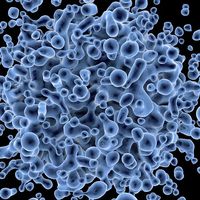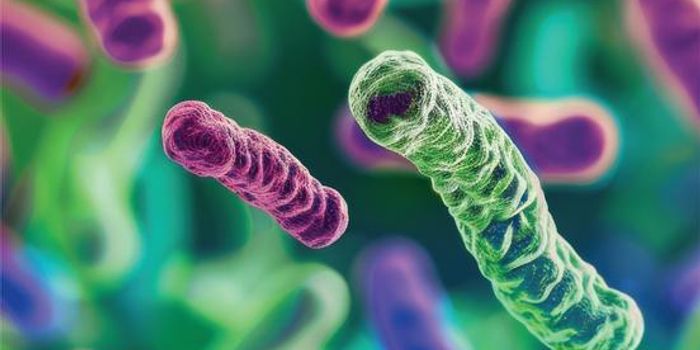Novel Gene Editing Tool Improves Immune Cell Activity
Jennifer Doudna and Emmanuelle Charpentier were awarded the 2020 Nobel Prize in Chemistry for their pioneering work in gene editing. The gene editing technique Doudna and Charpentier developed is known as clustered regularly interspaced palindromic repeats (CRISPR)-Cas9. “Cas9” refers to one of the CRISPR-associated proteins. The CRISPR/Cas9 system cuts out or adds different gene sequences in deoxyribonucleic acid (DNA). The CRISPR system has a DNA-cutting enzyme, usually Cas9, and a piece of ‘guide’ RNA that helps facilitate the process. This work has revolutionized different ways scientists study gene sequences and develop or improve therapeutic treatment. In particular, the technology has advanced medical treatment for different diseases or disorders including sickle cell disease. In fact, the first gene therapy approved by the US Food and Drug Administration (FDA), Casgevy, uses the CRISPR/Cas9 system to treat sickle cell disease. Another therapy impacted by CRISPR-Cas9 is chimeric antigen receptor (CAR) T-cell therapy, commonly used for cancer treatment. CAR T cell therapy takes a patient’s immune cells, particularly their T cells, and engineers them to target the tumor based on specific tumor markers or ‘neoantigens’. CRISPR-Cas9 is used to generate CAR T-cells with more precision. Unfortunately, CAR T cells are still limited in their effectiveness and become ‘exhausted’ or cannot activate. Scientists are currently working to improve the generation and activity of CAR T-cells with different gene editing tools.
A recent article published in Cell by Drs. Crystal Mackall and Stanley Qi demonstrates a way to optimally generate CAR T-cells and improve their activity. Mackall and Qi, both from Stanford University in California, demonstrated that using a different CRISPR-associated protein improves CAR T-cell development. More specifically, instead of using Cas9, they use Cas13d to target messenger ribonucleic acid (mRNA) instead of DNA. They called this new system multiplexed effector guide arrays (MEGA). The novelty in this work is that is reduces permanent mistakes in the gene editing process. Messenger RNA is transient and is used to make proteins based on external signals. This allows researchers to target protein production without permanent damage as opposed to ‘turning on or off’ a gene that would have the same effect. Consequently, Mackall, Qi, and others can use MEGA-CRISPR to stop the production of multiple proteins.
The team at Stanford then applied this new technology to CAR T-cell therapy. Unfortunately, when a (CAR) T-cell is activated multiple times, it becomes ‘exhausted’ or less effective. To reduce this exhaustion, researchers used MEGA-CRISPR to facilitate protein production associated with energy production and metabolism. As a result, the CAR T-cell modified using this technology were less exhausted and became more effective at targeting tumor growth. Additionally, the group was able to precisely regulate mRNA levels through antibiotic treatment to provide more control over which cellular pathways can be activated. This is a major discovery due to its applicability to cell therapies.
Overall, Mackall, Qi, and others have discovered a way to overcome CAR T-cell exhaustion – a major limitation in CAR T-cell therapy. Additionally, they demonstrated how a new CRISPR system, MEGA-CRISPR, can precisely regulate molecular pathways within cells using antibiotics. These findings are a breakthrough in precision medicine and will further generate safer and more effective therapeutic treatments for cancer patients.
Article, Cell, Crystal Mackall, Stanley Qi, Stanford University








